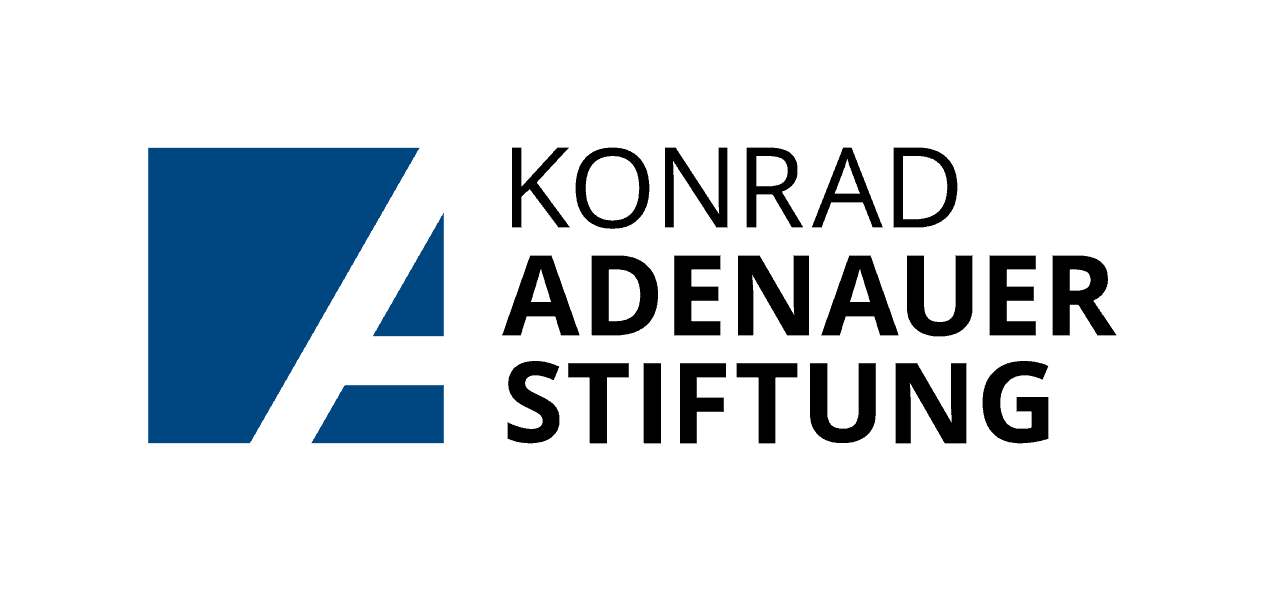Data-mining is arguably the most objective process to help you arriving evidence. Think about which lead is more likely to put you on the right track: a complaint from one hospital patient about thieving nurses or a database from the Health Ministry on disciplinary hearings and dismissals as a result of complaints about theft over the last five years? As with all information, you should be mindful that even statistics can be manipulated and used to misinform, but efficient ‘mining’ of databases has exposed immensely important stories over the last decade.
International data can provide even more relevant results. For example, development aid donors sometimes publish reports on how they spent their money in any given year. By collecting such data from donors that are active in your country and analysing them, you can tell stories with headlines like ‘Donors to X country spent most aid money training civil servants’.
Data-mining does not always have to be about finances. Social network analyses have produced stories on terrorist networks, political party supporters, and the most influential people in particular communities. These networks can be members of a certain profession, a geographic community or prominent people in a political party. You can combine data on how much they earn, who they work with and meet that paints a social network picture, which tells you something about their influence in society.
You do not always have to start from scratch; many journalists and organisations have published existing data which you can use as a base for further research. These databases can contain articles, researches, studies and also contacts. In the U.S. and Europe, investigative journalists have established centres that produce databases for the public to use. Closer to home, the Singapore government has put some of its data up for grabs too.
Nicar in the U.S., for example, collected data on Guantanamo Bay detainees and has made this database publicly available at: www.ire.org/nicar

